Science is one of the most important school subjects. And experiment is a crucial part of science! That is why we’ve created this list of common lab equipment names and uses. By learning common science lab equipment in English, you’ll improve your English language skills as well as your general knowledge of science.
Lab Equipment Names
List of the most common lab equipment also called lab apparatus:
- Beakers
- Funnels
- Microscope
- Dropper
- Goggles
- Brushes
- Bunsen burner
- Pipette
- Thermometer
- Scale
- Hot plate
- Test tube
- Burette
- Tongs
- Magnifying glass
- Gloves
- Forceps
- Tape
- Laboratory
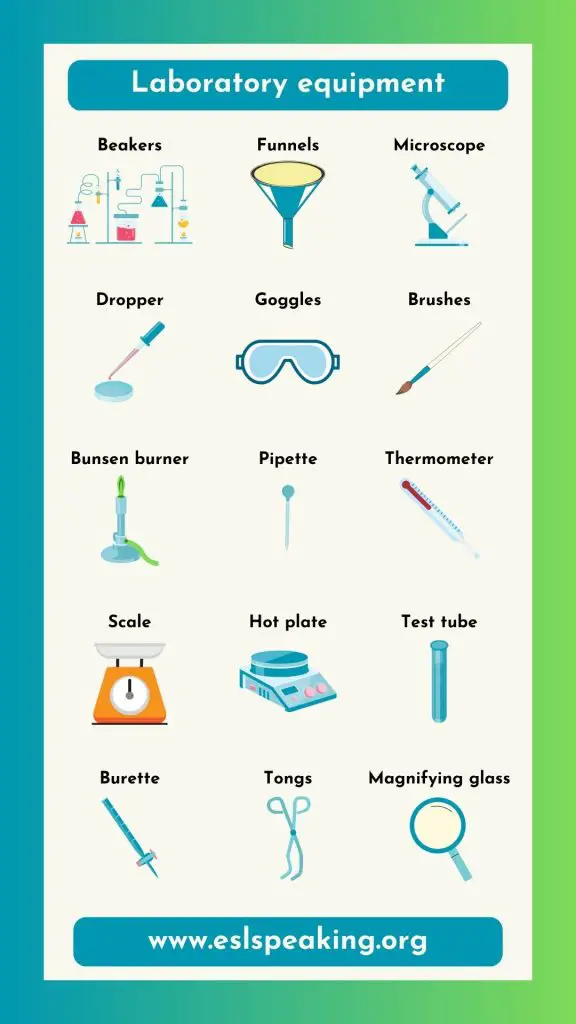
Lab Equipment Names and Uses
Here, we will go over the common lab equipment names and uses. We included equipment images as well!
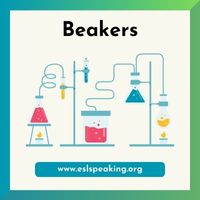
Beakers
Use of beakers: Beakers are like cups with a spout. Scientists use them to mix liquids or hold substances during experiments.

Brushes
Use of brushes: Brushes in the lab are used to clean equipment or to gently handle delicate samples without touching them with your hands.
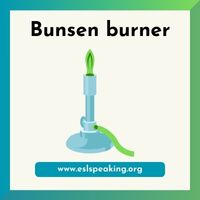
Busen burner
Use of bunsen burners: A Bunsen burner is a small gas burner used to heat substances in the lab. It has an adjustable flame for different temperatures.
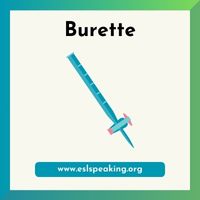
Burette
Use of burette: A burette is a long, thin tube with a tap at the bottom. It’s used to measure and add precise amounts of liquid to experiments.
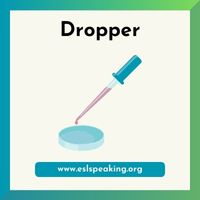
Dropper
Use of dropper: A dropper is a small tube with a rubber bulb at one end. Scientists use it to pick up small amounts of liquid and release them in a controlled way.
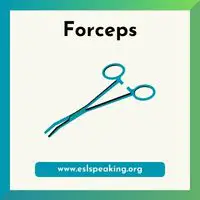
Forceps
Use of forceps: Forceps are like small tongs with pointed ends. They’re used to pick up small objects or handle delicate materials.
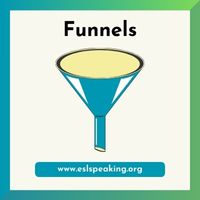
Funnels
Use of funnels: Funnels are shaped like a cone with a narrow tube. They help pour liquids or fine substances into containers without spilling.
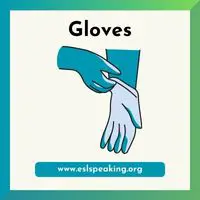
Gloves
Use of gloves: Gloves are like thin, protective coverings for your hands. Scientists wear them to keep their hands clean and safe from chemicals or substances.
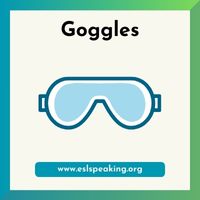
Goggles
Use of goggles: Goggles are like glasses but they’re stronger and cover your eyes completely. Scientists wear them to protect their eyes from chemicals or things that might splash.
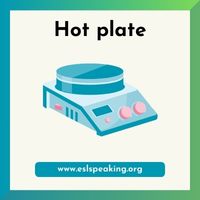
Hot plate
Use of hot plates: A hot plate is a flat surface that heats up when turned on. Scientists use it to heat substances in containers safely.
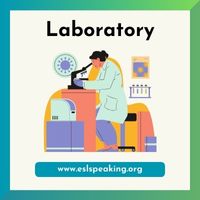
Laboratory
Use of laboratory: A laboratory, often shortened to “lab,” is a special room equipped with tools and equipment where scientists conduct experiments and research to learn more about the world.
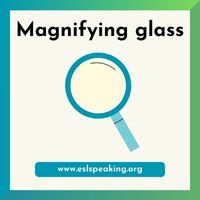
Magnifying glass
Use of magnifying glass: A magnifying glass is a simple tool with a handle and a convex lens. It helps scientists see small details more clearly by making things look bigger.
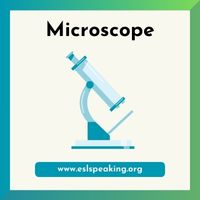
Microscope
Use of microscope: A microscope is a special tool that lets you see tiny things, like cells or tiny bugs, up close. It has lenses that magnify objects.
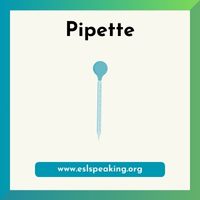
Pipette
Use of pipette: A pipette is a thin tube with a bulb at one end. It’s used to measure and transfer small amounts of liquid with precision.
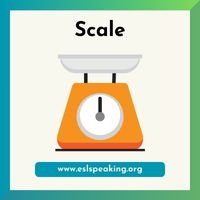
Scale
Use of scale: A scale is used to measure the mass or weight of objects. It helps scientists know how much of something they’re working with.
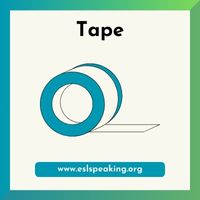
Tape
Use of tape: Tape is a sticky strip used to hold things together or label items in the lab.
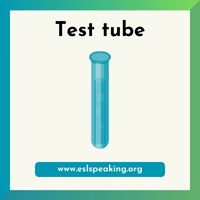
Test tube
Use of test tube: A test tube is a small, narrow glass tube used to hold small amounts of liquids or substances for experiments.
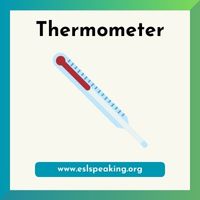
Thermometer
Use of thermometer: A thermometer is a tool used to measure temperature. It tells you how hot or cold something is.
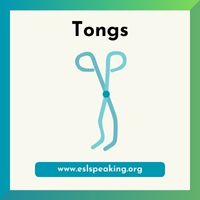
Tongs
Use of tongs: Tongs are like big tweezers. Scientists use them to pick up hot objects or to hold things they don’t want to touch with their hands.
FAQs About Lab Equipment Names and Uses
Here are some of the most frequently asked questions about laboratory tools and their purposes.
What are the 15 basic physics laboratory equipment tools and their uses?
Here are 15 common lab tools for physics laboratory:
- Meter Stick/Ruler: Measures length or distance.
- Stopwatch/Timer: Measures time intervals accurately.
- Spring Scale: Measures force or weight.
- Balance: Measures mass or weight accurately.
- Thermometer: Measures temperature.
- Barometer: Measures atmospheric pressure.
- Voltmeter: Measures voltage in circuits.
- Ammeter: Measures electric current in circuits.
- Calorimeter: Measures heat exchange in chemical reactions.
- Spectroscope: Analyzes light spectra to identify chemical elements.
- Laser Pointer: Produces a narrow beam of light for various experiments.
- Prism: Splits light into its component colors.
- Concave and Convex Mirrors: Used for studying reflection and focusing light.
- Concave and Convex Lenses: Used for studying refraction and focusing light.
- Geiger Counter: Detects and measures ionizing radiation.
What are 3 lab equipment?
The 3 most common lab equipment include beakers, microscopes, and bunsen burners.
What are five pieces of lab safety equipment?
The following are common lab safety equipment names: goggles, gloves, lab coat, fire extinguisher, and first aid kit.
What are the different types of laboratories?
Here is a list of the different types of laboratories:
- Chemical Laboratory
- Physics Laboratory
- Bio Laboratory
- Clinical Laboratory
- Environmental Laboratory
- Computer Laboratory
- Educational Laboratory
What are lab goggles used for?
Lab goggles are worn to protect the eyes from chemical splashes, flying debris, or hazardous substances during experiments or lab work. They provide a barrier between the eyes and potential dangers, reducing the risk of eye injuries. It is one of the most important lab safety equipment.
What is the purpose of using a burette?
A burette is a long, narrow tube with a valve or stopcock at the bottom, used to measure and dispense precise volumes of liquid in laboratory experiments. Its purpose is to accurately deliver known volumes of liquid for titrations, dilutions, or other analytical procedures, ensuring the reproducibility and accuracy of experimental results.
More English Vocabulary List
If you are looking for more English vocabulary lists, check out these topics:
- Most Common Words Starting with A with Pictures
- Most Common Words Starting with Y with Pictures
- Animal Names: Animals that Start with the Letter T
- Winter Words | English Words that Describe Winter
- Classroom Things in English | List of Objects with Pictures
Lab Tool Names and Uses
Have you used any of these lab tools? If yes, please let us know what they were and how you used them! We’d love to hear from you.



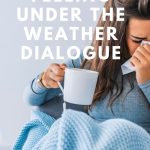
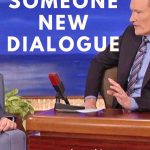
Leave a Reply